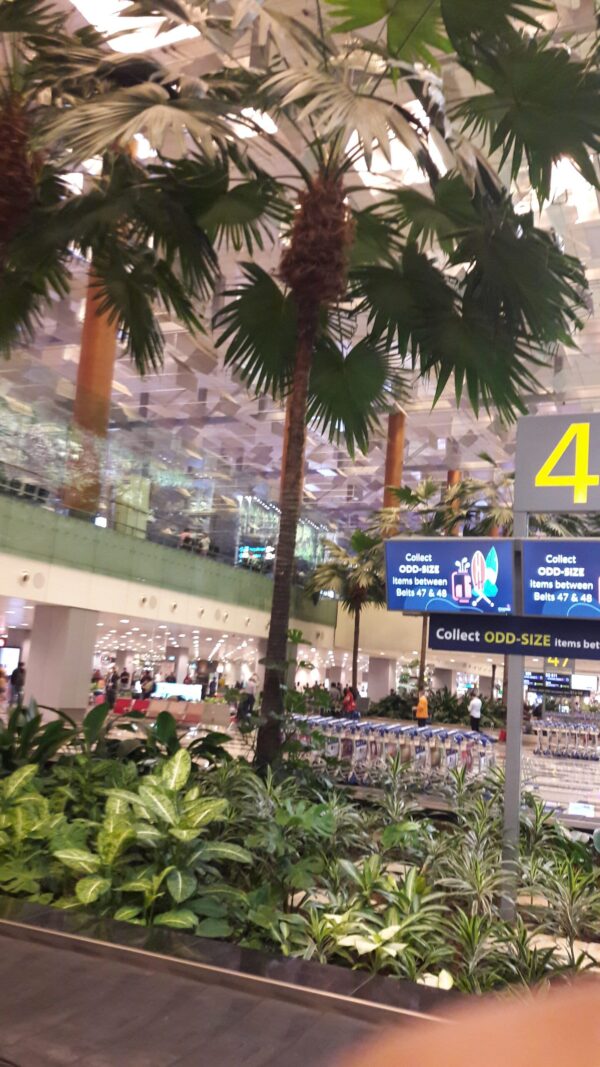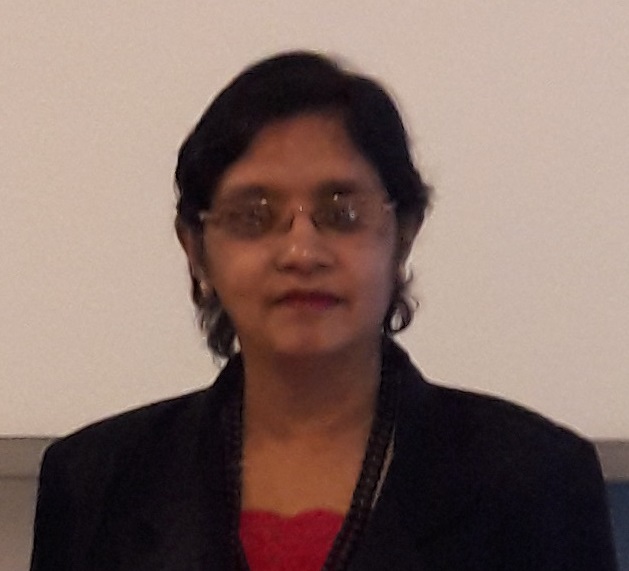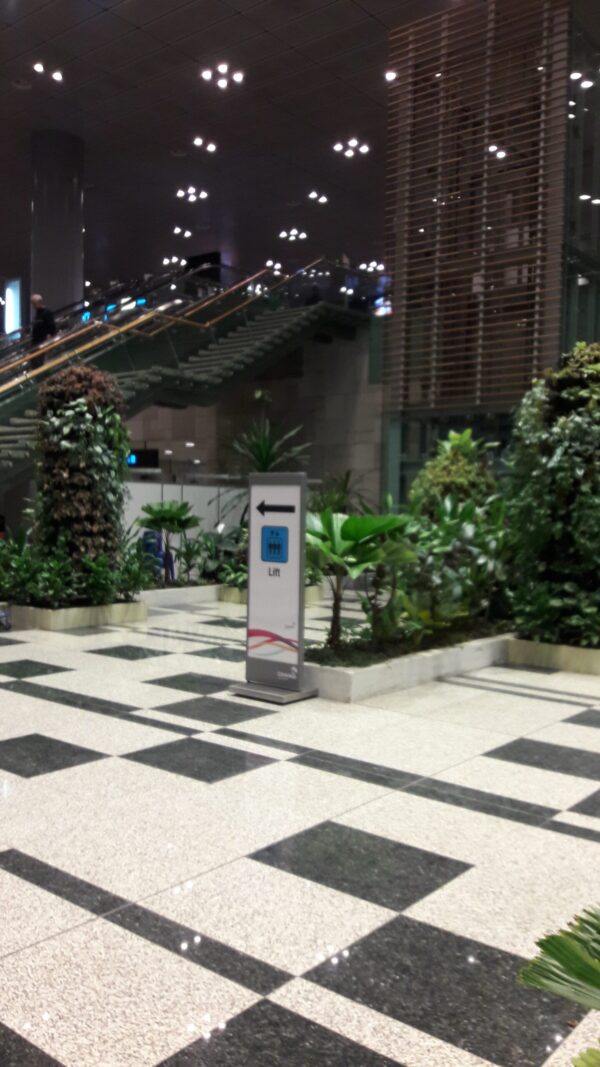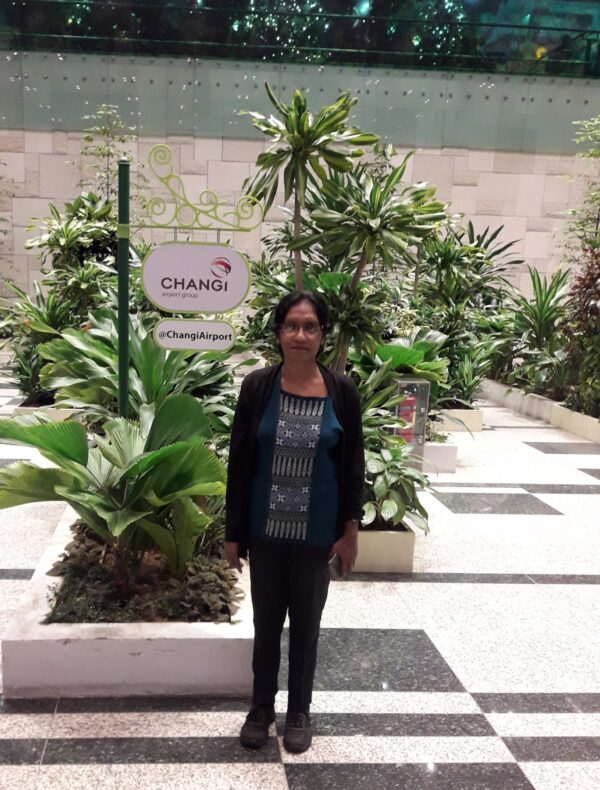“Lion City” – ‘Isle at the end of the peninsula’
By Arundathie Abeysinghe
Part I

 Globally renowned for its dazzling skyscrapers that decorate the skyline, awe-inspiring architecture, world-class museums, culinary scene that is second to none, including its melting pot of food hubs, tidiness, glamorous shopping centers, high standards of living, stable political environment, low crime rates, efficient public service including streamlined public transport service that makes it easy to get around, Singapore consistently ranks highly in global indexes for quality of life…
Globally renowned for its dazzling skyscrapers that decorate the skyline, awe-inspiring architecture, world-class museums, culinary scene that is second to none, including its melting pot of food hubs, tidiness, glamorous shopping centers, high standards of living, stable political environment, low crime rates, efficient public service including streamlined public transport service that makes it easy to get around, Singapore consistently ranks highly in global indexes for quality of life…
In early December, this year (2023), I had the privilege to visit this year-round haven for explorers for a few days with my family members…
In a series of articles, I have penned my memories of this breathtaking spotlessly clean vibrant country…
Located approximately 137 kilometers (85 miles) north of the equator (over one degree from the equator), the diamond-shaped Singapore Island and 60 small islets including the main island is separated from Peninsular Malaysia to the north by Johor Strait, a narrow channel crossed by a road and rail causeway. The southern limits of the state run through Singapore Strait, where outliers of the Riau-Lingga Archipelago which forms a part of Indonesia extend to within 16 kilometers (10 miles) of the main island and revels in a perpetual tropical summer vibe.
Singapore, officially the Republic of Singapore is a sovereign country as well as a city-state and an island state at the southern end of the Malay Peninsula between the Straits of Malacca and the South China Sea.
Singapore is the largest port in Southeast Asia and one of the busiest in the world. It owes its growth and prosperity to its focal position at the southern extremity of the Malay Peninsula. Once a British colony and now a member of the Commonwealth, Singapore, initially joined the Federation of Malaysia on its formation in 1963, yet, seceded to become an independent state on August 9, 1965.

Singapore, known as the “Lion City”, “Garden City” or the “City in a garden’, the latter due to its many parks including Gardens by the Bay, Super tree Grove, tree-lined streets has also been called “instant Asia”, as it offers tourists, an expeditious glimpse into the cultures brought to it by immigrants from diverse parts of Asia.
Although, Singapore is one of Asia’s smallest countries, it packs a lot into a small space, a megacity with a small periphery of coast and countryside, an urban experience miles away from the jungle escapes in neighboring Malaysia and Indonesia.
Due to its port city heritage and a splendid fusion of cultures, the island is always abuzz with lively festivals and delectable festive treats.
Holiday crowds arrive from all over the globe from June to July and from November to December for plenty of festive fun. Sentosa Island, Gardens by the Bay and Marina Bay Sands are teeming with tourists during these periods….

Singapore – an artificial island
The island was created artificially by filling the sea with materials including sand and soil; via three types of processes: natural, reclamation and amalgamation. Smaller islands were combined via reclamation to form a single, larger island.
Approximately two-thirds of the main island is less than 15 meters (50 feet) above sea level.
Due to ethnic diversity, four official languages are recognized in Singapore: English, Mandarin Chinese, Malay as well as Tamil. English remains the main medium for administration, commerce and industry. Since 1960, Singapore, one of the great trading entrepôts of the British Empire has experienced remarkable economic growth and diversification as well as a world trade center with developed powerful financial and industrial sectors. Singapore has the most advanced economy in Southeast Asia.
Tourism is extremely significant to Singapore’s economy. Singapore’s central location in Southeast Asia and its excellent air-transport facilities have been augmented by massive investments in hotels as well as shopping centers including duty-free shopping, diverse recreational activites and a refurbished beachfront. Little remains of the original vegetation or animal life in Singapore, except a few thousand acres of evergreen rain forest preserved around catchment areas. Many exotic plants have been introduced for ornamental use.
Singapore has one of the world’s busiest ports in terms of shipping tonnage. The Port of Singapore Authority oversees all shipping activity and operates several terminals on the island. Containerized cargo accounts for over 50% of the general-cargo tonnage. Singapore has a well-developed network of roads and highways. During the late 1980s and early 1990s, the Government opened a light-rail mass-transit system which links major population centers in the housing estates with employment centers including the central business district. Singapore is also linked by rail to Peninsular Malaysia via the connecting causeway at Johor.
Singapore’s international airport, Singapore Changi Airport, commonly known as “Changi Airport”, opened 42 years ago on July 1, 1981 is a major international airport and is one of the largest transportation hubs in Asia as well as a major aviation hub in the Asia-Pacific region. According to Skytrax, a consultancy that ranks and reviews airports worldwide, (the World’s Top 10 Airports of 2023 voted by customers from across the world in the 2022-2023 – a World Airport Survey), Changi was voted as ‘the best airport in the world’.
Modern Singapore was founded in the 19th century, by Sir Thomas Stamford Raffles. During this period, the British Empire was eyeing a port of call in this region to base its merchant fleet, as well as to forestall any advance made by the Dutch.
Singapore continues to develop as well as expand with plans to expand the city’s land area by an additional 7-8% of reclaimed land by 2030.
According to the Sejarah Melayu (Malay Annals), a Sumatran prince known as Sang Nila Utama landed on Temasek (Singapore’s old name) and saw a Lion called ‘Singa’ (in Malay). He gave the island a new name, ‘Singapura’. Current name “Singapore” is an anglicization of the native Malay name for the country, “Singapura” which derived from the Sanskrit word for ‘lion city’ (“sinha” meaning ‘lion’) and (“pura” meaning ‘city’ or ‘fortress’).
Next: Attractions in Singapore







